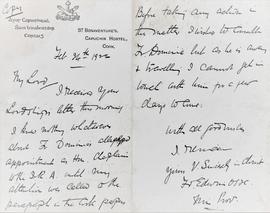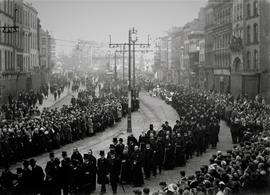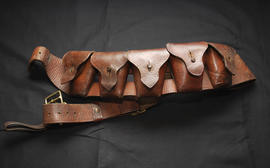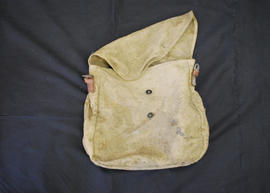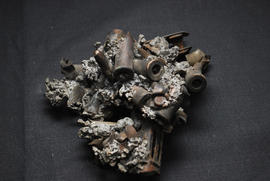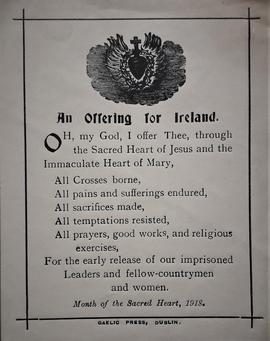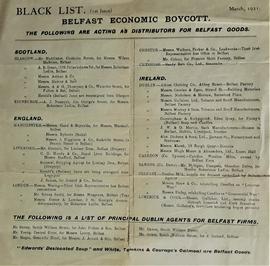Copy letter from Fr. Edwin Fitzgibbon OFM Cap. to the Most Rev. Daniel Cohalan
- IE CA IR-1/5/4/3/1
- Parte
- 24 Feb. 1922
Parte de Irish Capuchin Archives
A copy letter from Fr. Edwin Fitzgibbon OFM Cap. to the Most Rev. Daniel Cohalan, Bishop of Cork, claiming that he knew nothing of Fr. Dominic O'Connor's appointment as chaplain to the IRA until his attention was drawn to a report in the local newspapers.
Fitzgibbon, Edwin, 1874-1938, Capuchin priest

